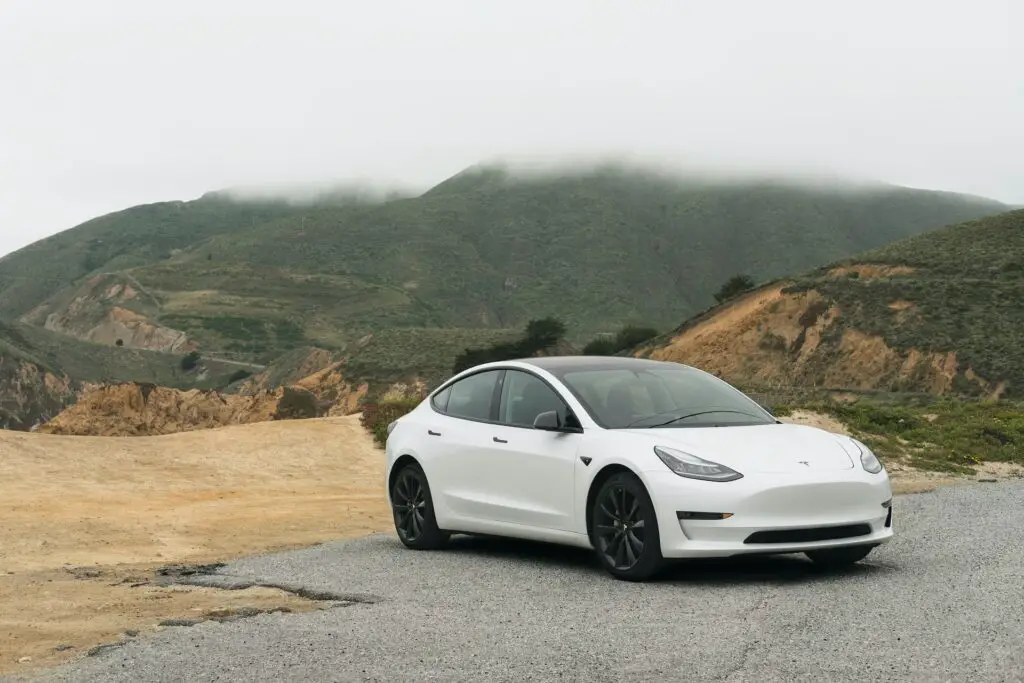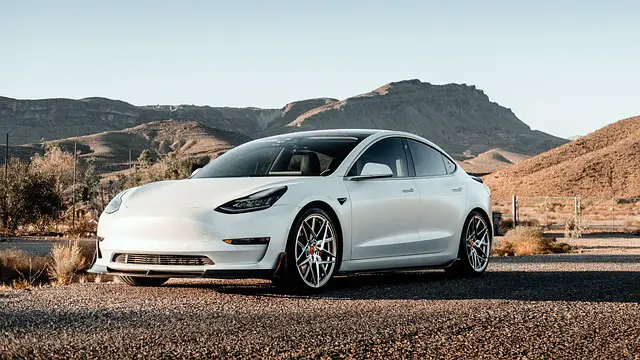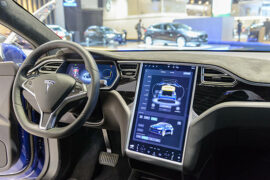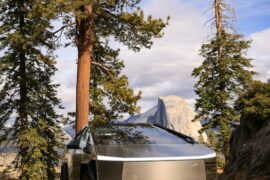The Tesla Model Y stands as a pinnacle of innovation in the electric vehicle landscape, embodying Tesla’s commitment to pushing the boundaries of automotive technology. At the core of its exceptional performance lies the Tesla motor torque model Y, a meticulously engineered system that defines the vehicle’s power delivery and driving dynamics. This article delves into the intricacies of this torque model, exploring how it influences acceleration, efficiency, and overall driving experience across different Model Y variants.

Contents
Understanding Electric Motors in the Tesla Model Y
Electric motors serve as the beating heart of the Tesla Model Y, providing the propulsion needed for its impressive performance. These motors play a crucial role in generating torque, which is the rotational force responsible for accelerating the vehicle.
In the Model Y lineup, there are two primary drivetrain configurations: Single Motor Rear Wheel Drive (RWD) and Dual Motor All-Wheel Drive (AWD). The Single Motor RWD setup features a single electric motor powering the rear wheels, while the Dual Motor AWD configuration includes two electric motors—one for the front axle and one for the rear axle.
The key differentiator between these configurations is their impact on torque output. Dual Motor AWD variants typically offer higher torque figures due to the combined power of two motors, resulting in enhanced acceleration and traction, especially in challenging road conditions. On the other hand, Single Motor RWD models provide a more balanced torque distribution, maintaining good performance while optimizing efficiency.
This differentiation in torque output between Single Motor RWD and Dual Motor AWD configurations underscores the versatility of the Tesla Model Y lineup, catering to drivers with varying preferences for performance, range, and driving dynamics.
Torque Specifications Across Model Y Variants
The Tesla Model Y lineup encompasses a range of variants, each offering unique torque specifications that contribute to their distinct performance characteristics. Let’s delve into the torque figures for each Model Y variant and compare the differences across drivetrain configurations.
Long Range AWD:
Torque Output: Exceeds 400 lb-ft
Drivetrain Configuration: Dual Motor All-Wheel Drive (AWD)
Performance Focus: Balanced acceleration and traction, suitable for a wide range of driving conditions.
Performance AWD:
Torque Output: Typically exceeds 500 lb-ft
Drivetrain Configuration: Dual Motor All-Wheel Drive (AWD)
Performance Focus: Emphasizes rapid acceleration and sportier driving dynamics, achieving impressive 0-60 mph times.
Standard Range RWD:
Torque Output: Around 300 lb-ft
Drivetrain Configuration: Single Motor Rear-Wheel Drive (RWD)
Performance Focus: Offers a balance of performance and efficiency, suitable for daily driving with good range.
Comparing these torque specifications across the Model Y variants reveals the impact of different drivetrain configurations on performance. Dual Motor AWD models, such as the Long Range AWD and Performance AWD, deliver higher torque outputs, resulting in quicker acceleration and improved traction, especially in challenging road conditions. On the other hand, the Single Motor RWD configuration maintains a respectable torque output while optimizing efficiency, making it a compelling option for drivers prioritizing range and everyday usability.

Performance and Acceleration Metrics
Torque plays a pivotal role in shaping the performance and acceleration capabilities of the Tesla Model Y, influencing its 0-60 mph times and overall driving experience. Let’s delve into how torque impacts these crucial metrics and the driving dynamics of the Model Y.
Acceleration Capabilities:
- Torque’s Influence: Torque directly affects the Model Y’s ability to accelerate swiftly from a standstill or during overtaking maneuvers.
- 0-60 mph Times: Models with higher torque outputs, such as the Performance AWD variant, achieve impressive 0-60 mph times in the low 4-second range or even quicker, showcasing the instant power delivery of electric motors.
Driving Experience and Handling:
- Torque Delivery: The seamless delivery of torque from electric motors results in smooth and responsive acceleration, enhancing the overall driving experience.
- Handling Characteristics: Higher torque figures, especially in Dual Motor AWD configurations, contribute to improved traction, stability, and cornering prowess, allowing for confident and dynamic handling.
Regenerative Braking Benefits:
- Efficiency and Performance: Regenerative braking, a feature in Tesla vehicles, enhances efficiency by capturing energy during deceleration, while also contributing to a more engaging driving experience through one-pedal driving in certain conditions.
Regenerative Braking and Efficiency
Regenerative braking technology is a key feature in the Tesla Model Y, playing a vital role in enhancing energy capture, improving efficiency, and extending the vehicle’s range. Here’s an overview of how regenerative braking and torque management contribute to the Model Y’s efficiency.
Regenerative Braking Technology:
- Explanation: Regenerative braking harnesses the kinetic energy generated during braking and deceleration, converting it into electrical energy to recharge the vehicle’s battery.
- Energy Capture: By capturing and storing this otherwise wasted energy, regenerative braking helps maximize the Model Y’s overall energy efficiency and reduces the need for frequent recharging.
Torque Management for Efficiency:
- Efficient Power Delivery: Tesla’s torque management system optimizes the delivery of power from the electric motors, ensuring efficient utilization of energy during acceleration and cruising.
- Range Optimization: The precise control of torque not only enhances performance but also contributes significantly to extending the Model Y’s range on a single charge.

Combined Impact on Efficiency:
- Synergistic Benefits: When regenerative braking and torque management work in tandem, they create a synergistic effect that maximizes the Model Y’s efficiency.
- Eco-Friendly Driving Experience: Drivers experience a more sustainable and eco-friendly driving experience, with reduced energy consumption and lower environmental impact.
Conclusion on Tesla motor torque model y
The Tesla Model Y’s motor torque model represents a pinnacle of engineering excellence, showcasing the transformative power of electric propulsion systems. Throughout this exploration, we’ve delved into the significance of torque in shaping the Model Y’s performance, efficiency, and driving dynamics.
Torque isn’t just a measure of power; it’s a fundamental element that defines the exhilarating acceleration, precise handling, and sustainable efficiency of electric vehicles like the Model Y. From the balanced torque delivery of Dual Motor All-Wheel Drive variants to the efficient performance of Single Motor Rear-Wheel Drive configurations, every aspect of the Model Y’s torque model contributes to a revolutionary driving experience.
Moreover, the Model Y’s torque model isn’t just about the present—it’s about shaping the future of automotive engineering. As Tesla continues to push boundaries and innovate in motor and torque technology, we can anticipate even greater advancements that will redefine performance benchmarks, extend range capabilities, and accelerate the global transition to sustainable transportation.
Ultimate Guide: Reset Tesla Screen While Driving 2024
Unleashing Tesla’s Internet Power: Does Tesla have internet? 2024
Tesla Restart Computer Not Working Solutions 2024





